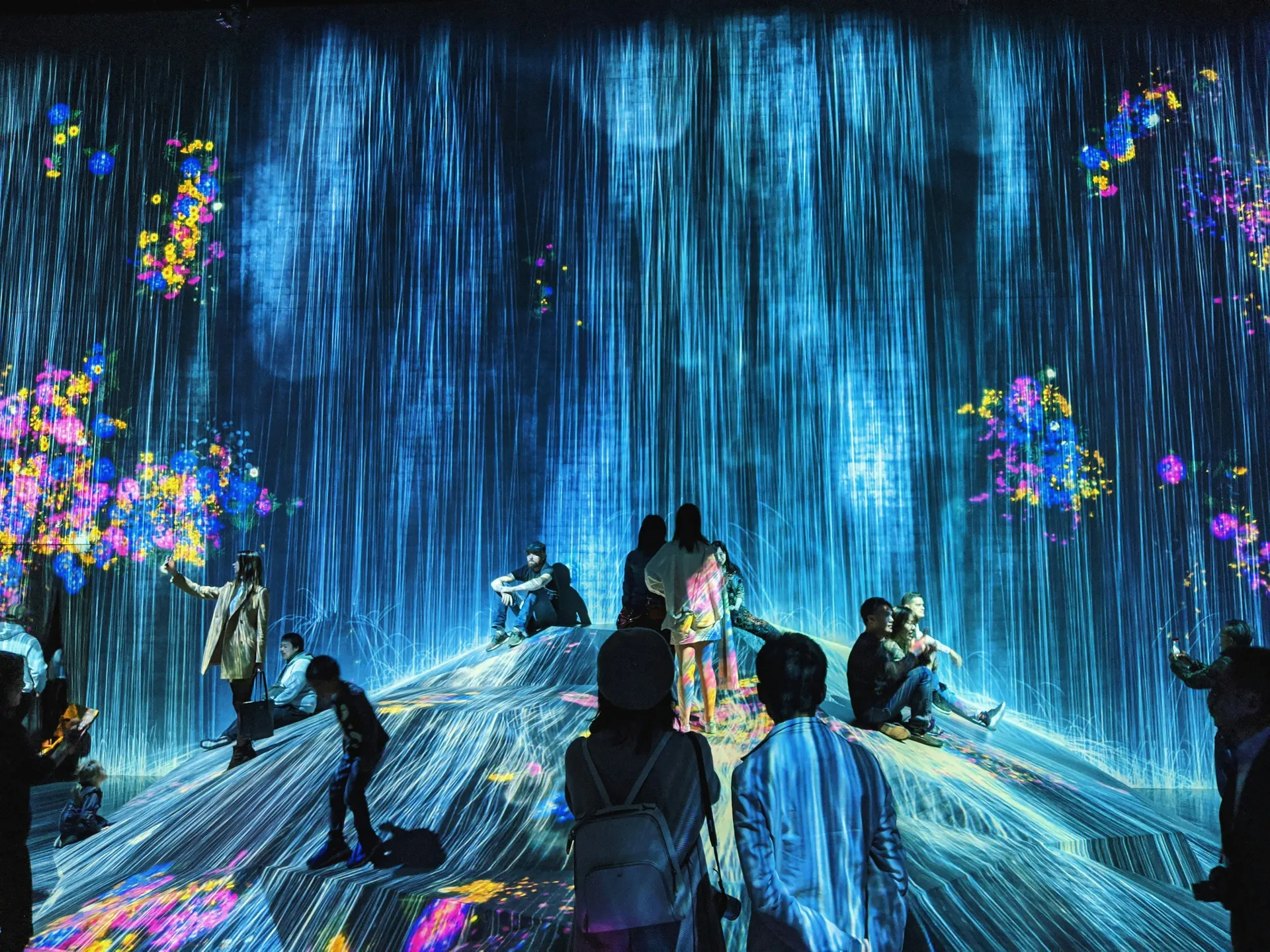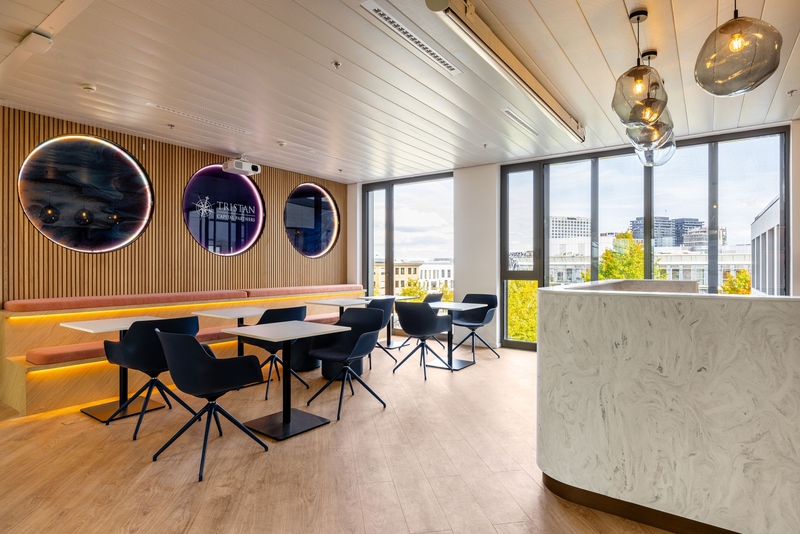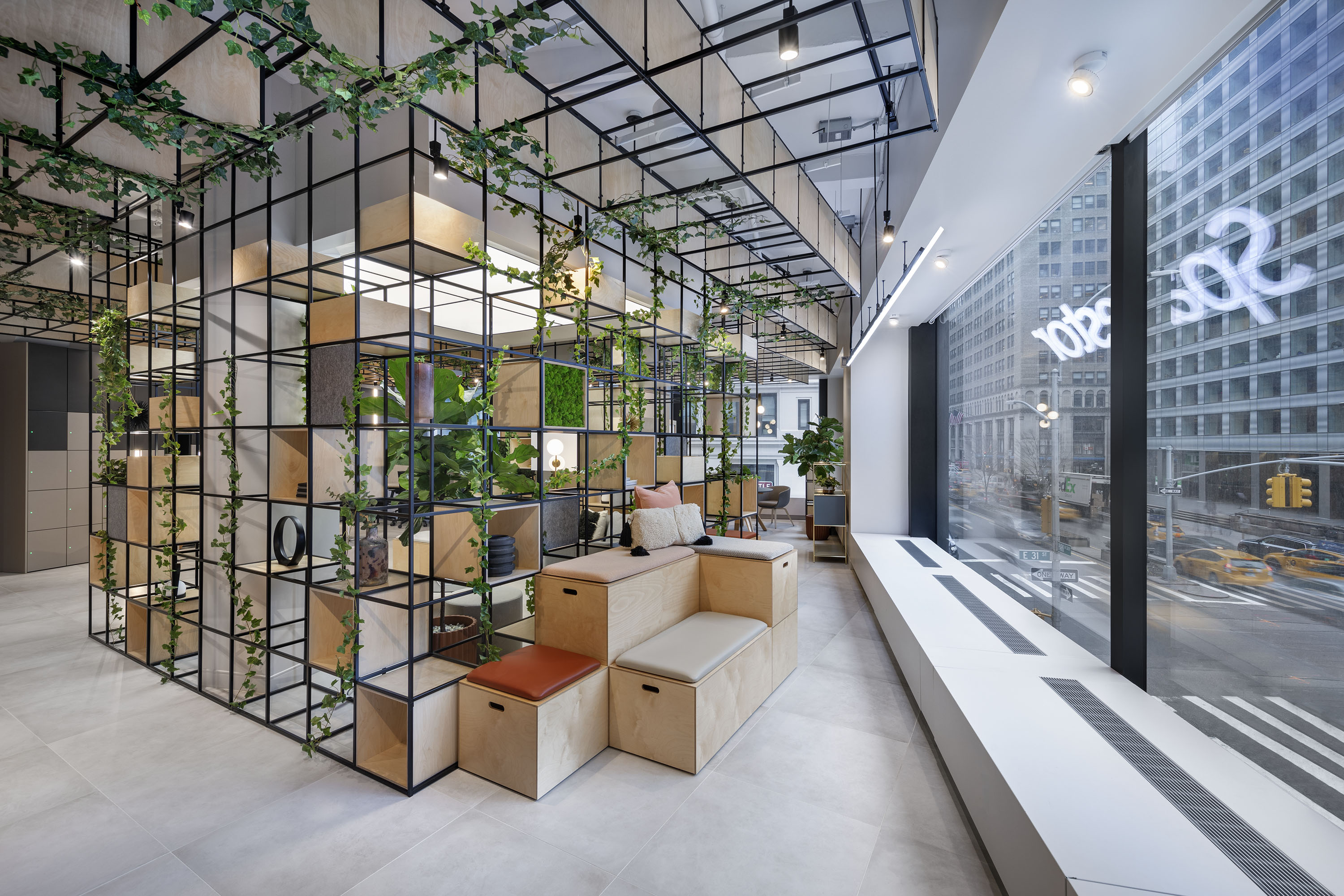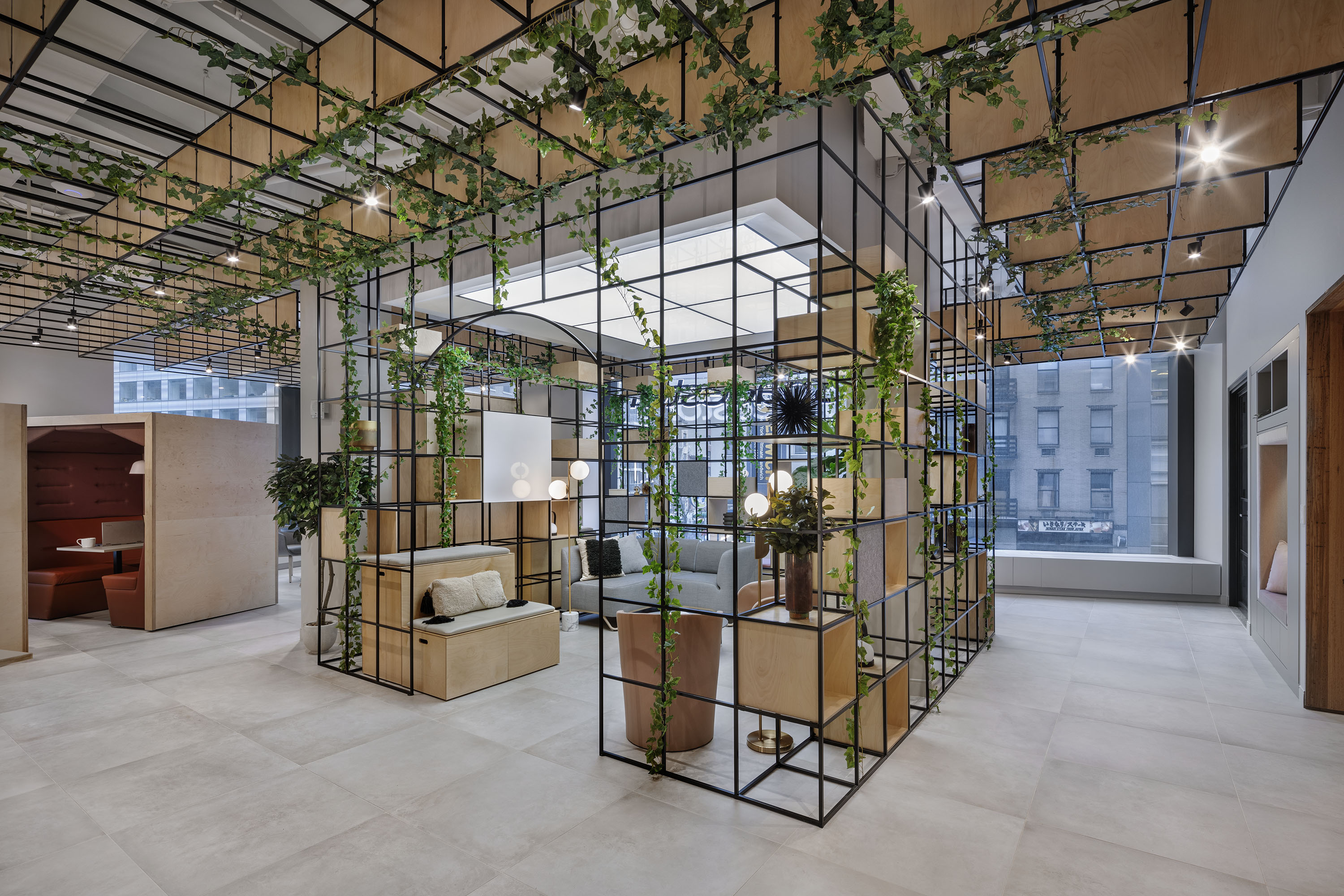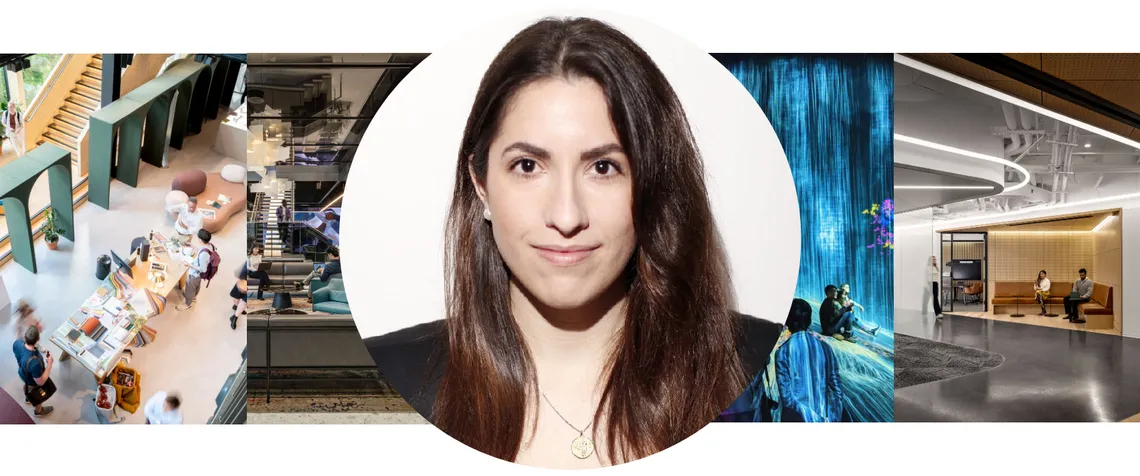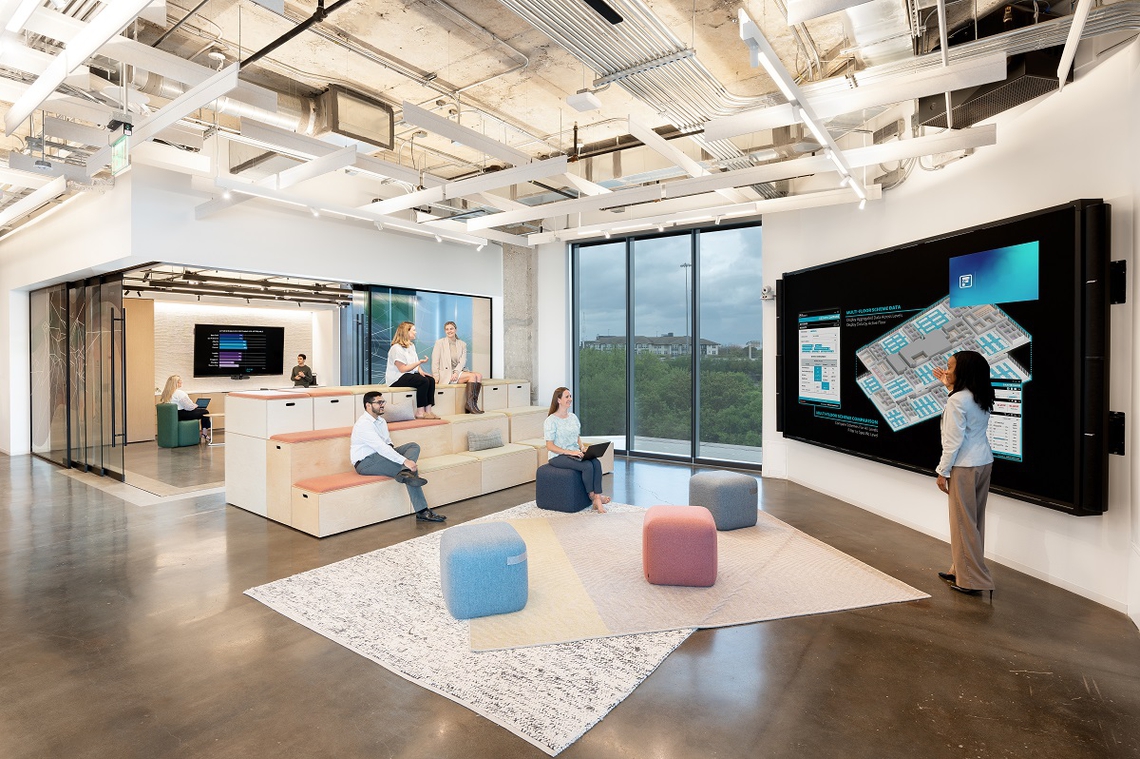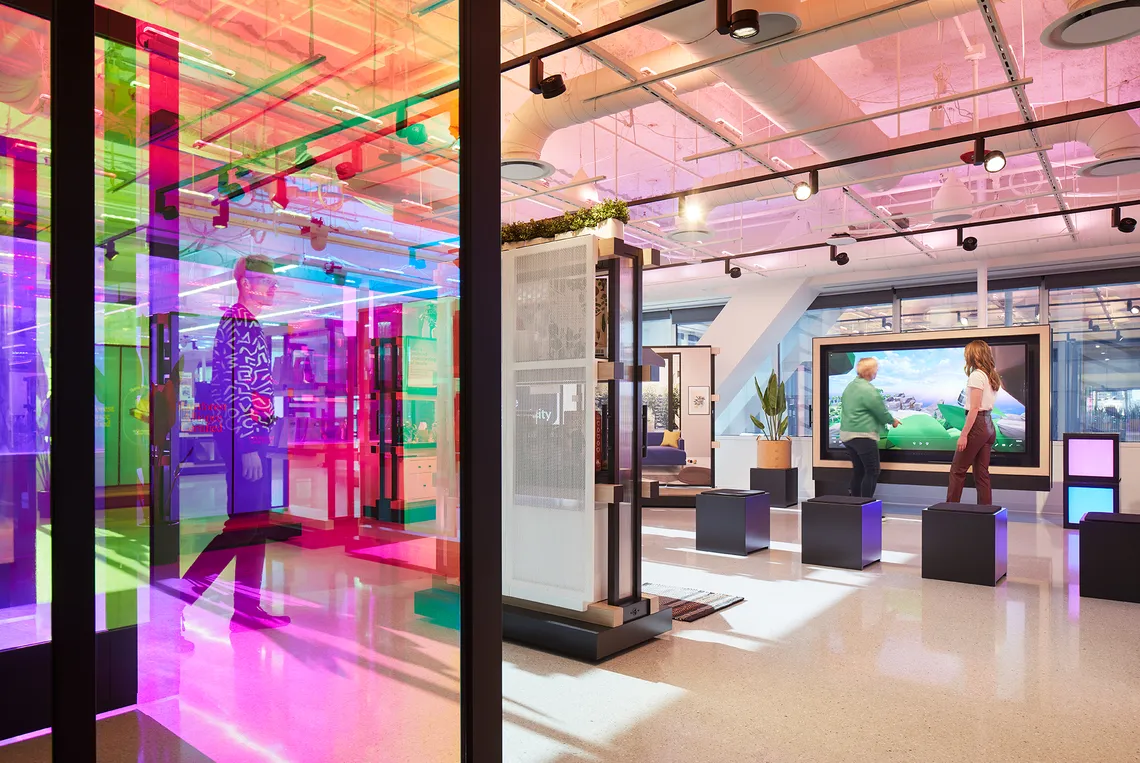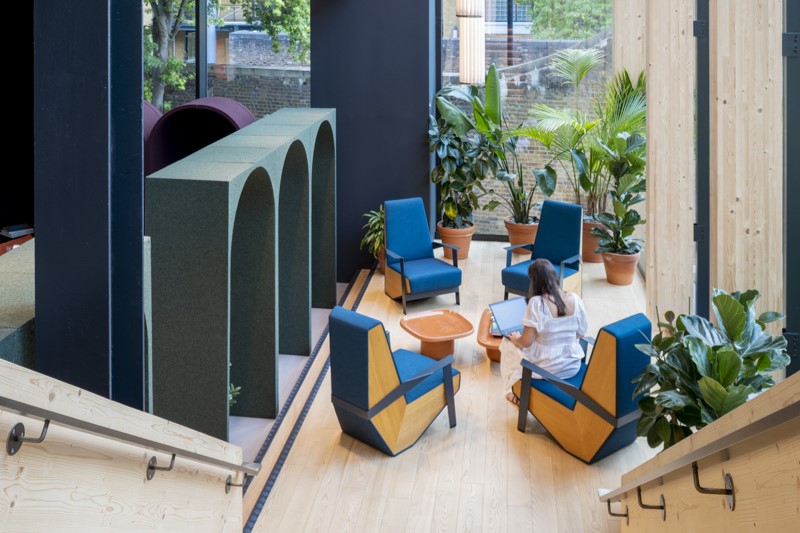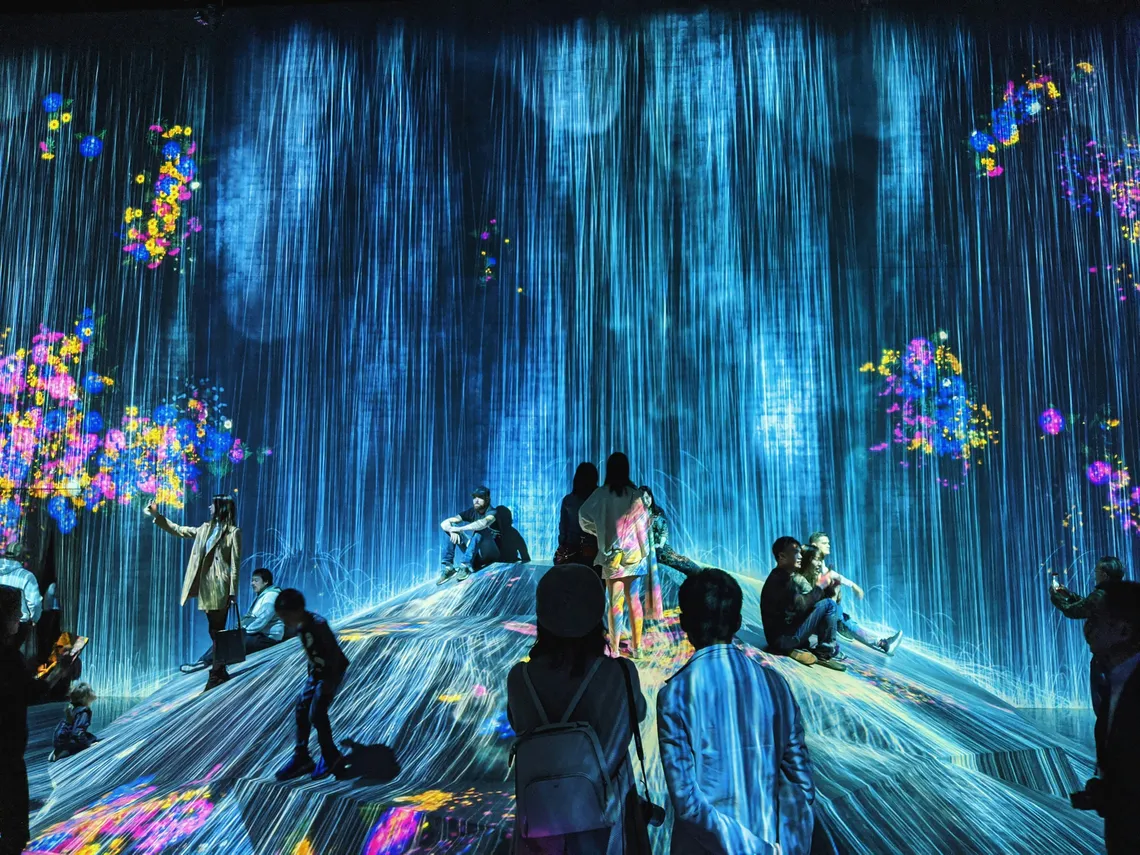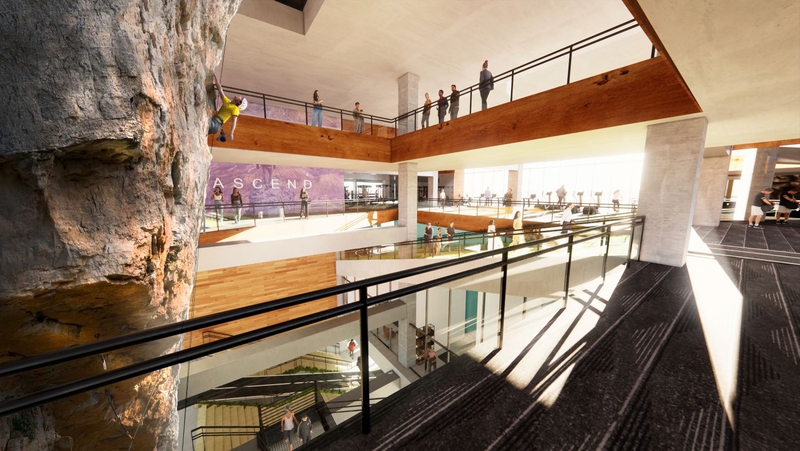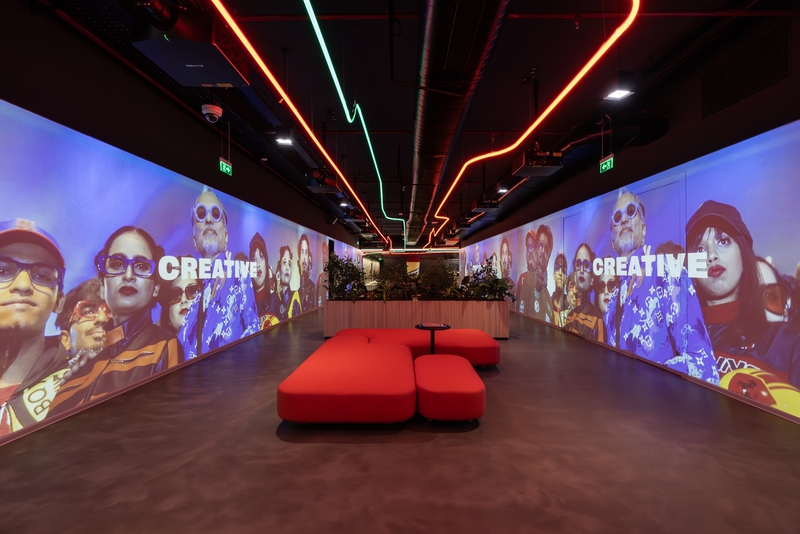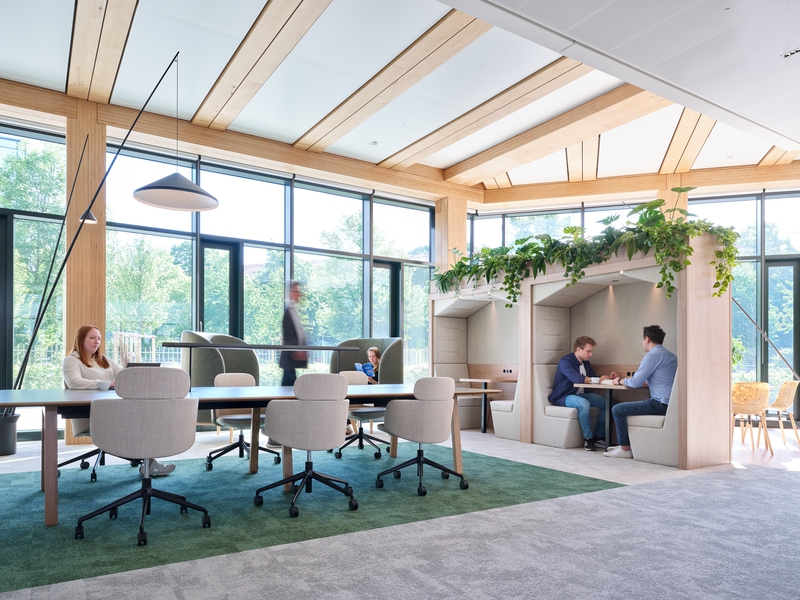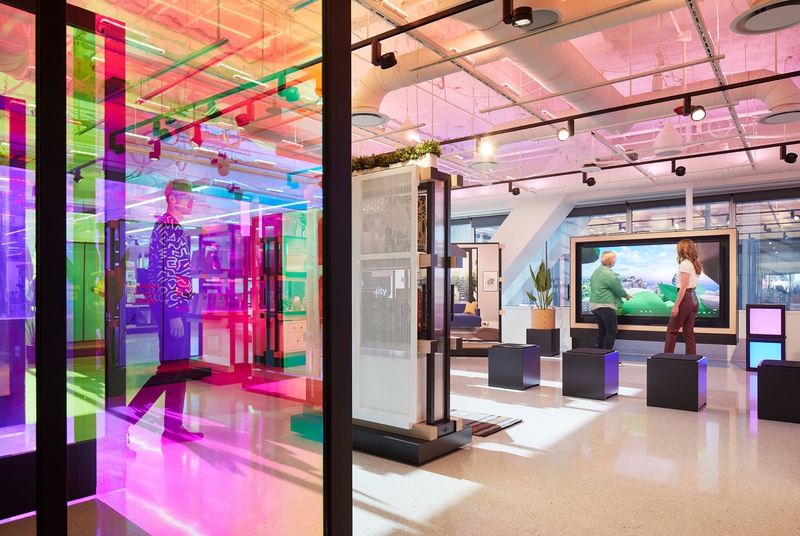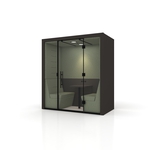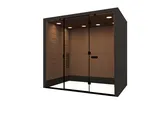Nov. 11, 2025
Industry Trends
What is a Digital Employee?
A digital employee is no longer science fiction.
As Roberta, Design Strategy Lead @ Gensler explains, “A digital employee is a software-driven entity with the independent capacity to perform complex, end-to-end processes by applying a range of skills designed for a specific job – and soon, most of us will work with one.” Unlike familiar LLM AI tools such as ChatGPT, which she likens to “cruise control in a car - you still need a human to operate the tool for it to work,” digital employees are autonomous, fully capable of driving workflows on their own. Strategically integrating them allows human employees to focus on higher-value work, reprioritize their day, and collaborate in new ways.
Digital employees are already prompting architects and workplace designers to rethink how offices function. These technologies are shaping spaces, workflows, and even team hierarchies, and they promise to transform the experience of being at work.

A Day in the Life
Roberta paints a vivid picture of what our day will look like alongside a digital employee, explaining “In the near future, your work day will be a lot like it is today, except that you will do more in less time and with the help of your digital assistant.”
Arrival: Enter office via biometric scan, automatically sending the office AI coffee agent a notification to get started on your regular order.
Grab Your Morning Coffee: You arrive at the café and pick up your perfectly hot coffee (or in my case, tea) – and head to your workstation.
And Get to Work: Walking through activated connector spaces that are showcasing the latest developments happening with digital employees. You greet your colleague who is interacting with the digital employee on screen. You sit at your desk – your meetings have been seamlessly scheduled by a digital employee – and you get to work.

Train a Client-Centred AI: Later in the day, you hop into a meeting to train a new AI. You are expanding their skillset to align with client needs, and work alongside your team to set up the guardrails, interaction, and process workflow.
Work on the Client Deck: Throughout the day, you regularly interact with the digital employee – working alongside them to create a client deck. They have built the cartoon structure, suggest potential ideas that might make it better, and wait on your feedback.
Sit Down for Lunch: At lunch, you then head to the cafeteria, where you select a meal that has already been filtered through your established dietary restrictions and sit down with your colleagues for a nice lunch in a tech-free, greenery-filled dining space.
Attack You To-Dos: After, you and the digital employee continue working on your project, speeding through tasks that normally take up your entire day.
Review the Day: You close out for the day while the digital employee sends project progress to all team members, integrates all team slides, and notifies you of any pending tasks that will greet you when you arrive the next morning.

Rethinking Office Space
The arrival of digital employees is already reshaping how we think about office layouts. “Space-wise, workplaces will require dedicated AI training, exploration, and innovation zones,” explains Roberta. “A larger variety of meeting types, for example – small meeting rooms where you brainstorm 1:1 with a digital employee – will become more central to the office experience. We will also start to see spaces dedicated to showcasing the power of AI – as many companies invest in these technologies, getting employees to understand, and feel comfortable using, AI will help those investments pay off.”

Balancing Tech and Human Rhythm
As workplaces become increasingly AI-integrated, it’s crucial to include human-focused tech-free spaces. Roberta highlights “the contrast and tension between these space types makes for a much more interesting workplace, where employees can have more choice in how they want to work. The integration of AI spaces does not mean the traditional meeting room is going away; it means their function will be expanded.
Think about how things changed when drafting software came into play in architecture. While traditional drafting tables may have morphed into smaller desks, the workstyle itself didn’t disappear; it adapted to its new use.”
Designers should intentionally include tech-free zones, creating balance between innovation and reflection.

Shaping Culture and Collaboration
“The work junior employees typically do is likely to shift the most.” Roberta notes, “With digital employee integration, junior employees will be able to fast-track the grunt work that used to take up much of their day, freeing them up for higher-level tasks they may have had to wait years to engage in.”
This shift will flatten hierarchies and allow more team members to contribute to innovation. Thoughtful seating arrangements and spaces for AI collaboration will encourage engagement and connection across roles.

Embedding AI Infrastructure
Roberta observes that, “Older buildings with dense cores will have limited space for densifying in-house server installations. Designers of ground-up offices should integrate AI infrastructure requirements alongside electrical and mechanical rooms, so they are designed intentionally and with room for growth.”
However more critically, designers must proactively design sustainable and renewable energy strategies into new buildings.
“AI requires a lot of energy, and it is our responsibility as architects,” Roberta emphasises, “to design spaces and buildings to minimize their environmental footprint. Architects are on the frontline for reducing carbon emissions associated with construction and energy use, and we need to take that job seriously when integrating new technologies.”

Empowering Employees, Not Overwhelming Them
Resistance to technology is less about volume and more about how it is introduced. Roberta advises that, “By providing company-wide balanced training, showcasing AI integration, and encouraging employees to interact and play with AI tools, technology becomes less scary and more of a superpower for all who know how to use it.”
Organizations should involve employees in developing AI workflows, creating champions, and fostering curiosity. “Authorship is key for integration,” she notes, emphasizing that engagement and governance are just as important as the technology itself.

The Future in Motion
A digital-employee-enabled office is faster, smarter, and more human-centered. Repetitive tasks are automated, workflows are seamless, and employees are freed to focus on creative, meaningful work. Yet, tech-free zones, greenery, and intentional pauses preserve the human rhythm.
As Roberta concludes, “The integration of digital employees isn’t just about mastering the technology; it’s about supporting employees, creating workflow structures, and developing clear AI governance.” In this new era, technology and humanity don’t compete—they complement each other, creating workplaces that are smarter, more innovative, and truly empowering.
Share this article
